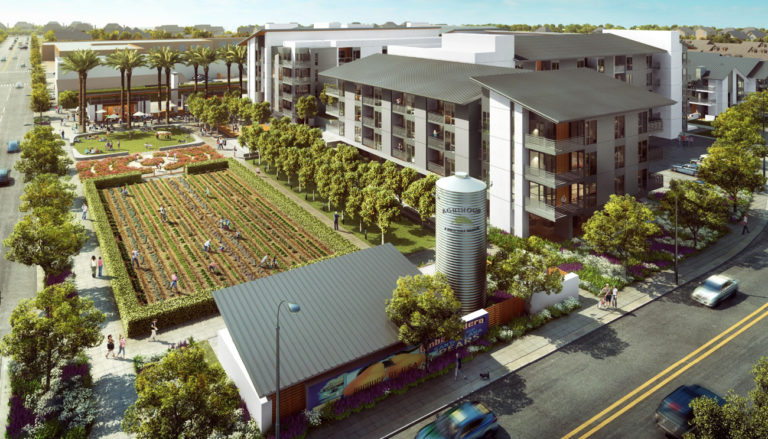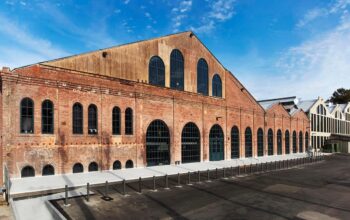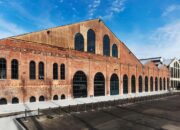In the complex tapestry of modern urban and rural development, a powerful paradigm shift is gaining momentum: community-driven design. Moving away from traditional top-down planning where decisions are often made by external experts or developers, this approach places the needs, aspirations, and voices of local residents at the very heart of the design process. It’s about empowering communities to shape their own environments, fostering a sense of ownership, pride, and ultimately, creating spaces that truly reflect their unique identities and serve their specific needs. This collaborative methodology leads to more equitable, resilient, and vibrant places that thrive long after the initial construction is complete. This article will delve into the essence of community-driven design, its foundational principles, the practical methodologies employed, its profound benefits, the challenges it navigates, and its promising future as a cornerstone of sustainable and inclusive development.
The Evolution Towards Community-Driven Design
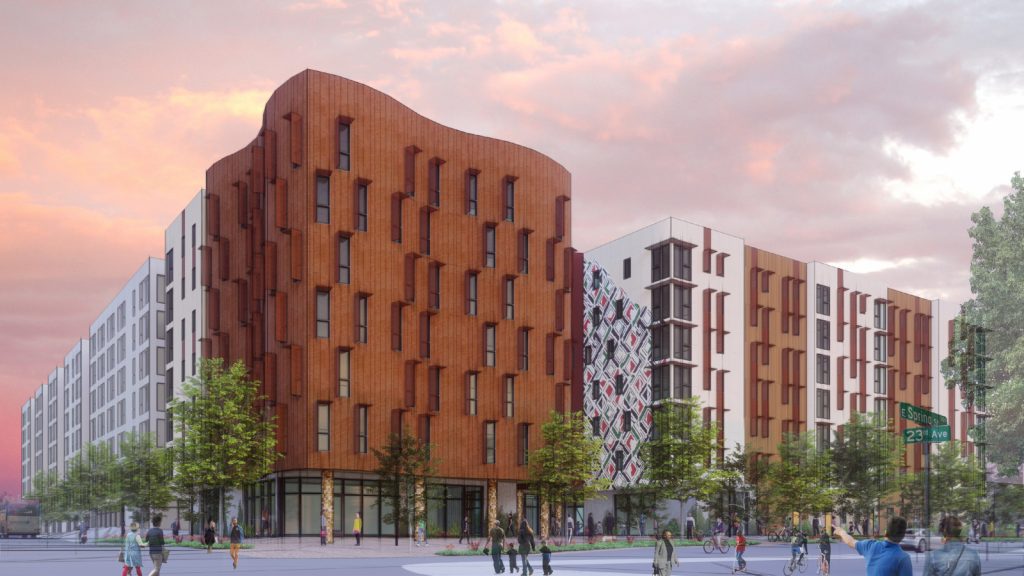
The shift towards community-driven design is not a sudden phenomenon but a gradual evolution born from the recognition of past planning shortcomings and a growing demand for more democratic and responsive development processes.
A. Critique of Traditional Top-Down Planning:
- Lack of Local Context: Historically, many urban and architectural projects were conceived by external professionals with limited understanding of a community’s unique culture, history, and daily life. This often resulted in designs that felt alien or failed to meet real needs.
- Disconnection from Residents: Traditional models often marginalized local residents, treating them as passive recipients rather than active participants. This led to resentment, mistrust, and projects that lacked local buy-in.
- Failure to Address Diverse Needs: “One-size-fits-all” solutions frequently overlooked the specific and diverse requirements of various community groups, including the elderly, children, low-income residents, or minority populations.
B. Emergence of Participatory Approaches (Mid-20th Century onwards):
- Advocacy for Citizen Participation: Critics like Jane Jacobs highlighted the importance of vibrant, mixed-use neighborhoods shaped by local interaction, rather than grand master plans. This spurred calls for greater citizen involvement in planning decisions.
- Early Community Organizing: Grassroots movements emerged, demanding a voice in urban renewal projects that often threatened to displace established communities.
- Theoretical Foundations: Fields like participatory action research and environmental psychology began to provide theoretical underpinnings for involving end-users in design.
C. Formalization and Expansion of Community-Driven Design:
- Recognition of Social Equity: The late 20th and early 21st centuries saw a heightened awareness of social justice and equity issues in urban planning, pushing for more inclusive processes.
- Focus on Sustainability and Resilience: As climate change and resource scarcity became pressing concerns, community engagement was recognized as vital for developing sustainable solutions that are locally appropriate and resilient.
- Technological Facilitation: Digital tools and platforms began to offer new ways to engage diverse groups, collect feedback, and visualize proposed designs collaboratively.
Foundational Principles of Community-Driven Design
At its core, community-driven design is guided by a set of principles that distinguish it from conventional approaches and underpin its success.
A. Empowerment and Voice:
- Shifting Power Dynamics: This principle is about transferring decision-making power from external authorities to the community members themselves. It acknowledges that those who live in a place are the true experts on its needs and aspirations.
- Active Participation, Not Just Consultation: It goes beyond merely asking for opinions; it’s about enabling active involvement in every stage, from problem identification and visioning to design, implementation, and stewardship.
- Valuing Local Knowledge: Community-driven design recognizes and respects the invaluable indigenous and local knowledge, experiences, and traditions that residents bring to the table.
B. Inclusivity and Equity:
- Reaching Diverse Stakeholders: Ensuring that all voices are heard, especially those from marginalized or underrepresented groups (e.g., low-income residents, racial minorities, youth, elderly, people with disabilities). Active outreach and varied engagement methods are crucial.
- Addressing Power Imbalances: Consciously working to mitigate power imbalances within the community and between the community and external facilitators, ensuring that no single group dominates the process.
- Equitable Distribution of Benefits: Designing outcomes that benefit the entire community fairly, avoiding solutions that disproportionately advantage some groups while disadvantaging others.
C. Capacity Building and Skill Transfer:
- Equipping Communities with Tools: Providing residents with the knowledge, skills, and resources to effectively participate in and eventually lead design processes. This might involve workshops on urban planning, architectural drawing basics, or project management.
- Fostering Long-Term Self-Sufficiency: The goal is not just to deliver a project, but to build the community’s capacity to continue to manage, adapt, and initiate future development on their own terms.
D. Holistic and Integrated Thinking:
- Interconnectedness of Systems: Recognizing that physical design solutions are intertwined with social, economic, cultural, and environmental factors. A holistic approach considers these interdependencies.
- Multi-Disciplinary Collaboration: Bringing together professionals from various fields (e.g., urban planners, architects, landscape architects, social workers, economists, artists) to work alongside community members.
E. Flexibility and Adaptability:
- Iterative Process: Understanding that design is not a linear process but an iterative one, with continuous feedback loops and opportunities for adjustment based on community input and evolving needs.
- Responsiveness to Change: Designing solutions that are adaptable and can evolve over time, accommodating future changes in community demographics, needs, or environmental conditions.
Methodologies and Tools for Engaging Communities
Effective community-driven design relies on a diverse toolkit of methodologies and approaches to facilitate meaningful participation.
A. Visioning and Goal Setting:
- Community Workshops and Charrettes: Intensive, collaborative planning sessions where stakeholders work together to identify problems, envision possibilities, and develop shared goals for a project or area. These often involve mapping exercises, brainstorming, and group discussions.
- Surveys and Interviews: Systematic methods for gathering broad input from a large number of residents, ensuring a wide range of opinions are captured. Interviews allow for deeper, more nuanced understanding of individual perspectives.
- Asset-Based Community Development (ABCD): A methodology that focuses on identifying and mobilizing the existing strengths, skills, and resources within a community, rather than focusing solely on its deficits. This empowers residents to leverage their own assets for development.
B. Participatory Design and Mapping:
- Design Games and Models: Using physical models, LEGO bricks, or digital simulation tools to allow community members to physically (or virtually) manipulate design elements and express their preferences in a tangible way.
- Community Mapping: Residents identify important places, local resources, problem areas, and historical sites on maps, providing valuable spatial data and revealing community perceptions of their environment.
- Photovoice: A technique where community members use cameras to document their daily lives, perspectives, and issues through photographs, which are then used to spark discussion and inform design decisions.
C. Communication and Feedback Loops:
- Regular Public Meetings and Forums: Providing consistent opportunities for updates, discussions, and feedback on ongoing projects.
- Digital Platforms and Social Media: Utilizing online tools, dedicated websites, and social media groups to share information, gather comments, and engage a broader, tech-savvy audience.
- Visual Communication (Renderings, Simulations): Presenting design proposals through easily understandable visuals, such as 3D renderings, virtual reality walkthroughs, or physical models, helps non-experts visualize and provide informed feedback on complex design concepts.
D. Stewardship and Implementation:
- Community Build Days: Involving residents directly in the physical construction or improvement of spaces fosters a sense of ownership and reduces costs.
- Maintenance and Programming Planning: Engaging the community in planning for the long-term maintenance and programming of newly designed spaces ensures their sustained use and vibrancy.
- Formation of Community Trusts or Boards: Empowering local groups to take on formal roles in managing and stewarding community assets.
Profound Benefits of Community-Driven Design
The advantages of involving communities in design extend far beyond the immediate project, fostering long-term positive impacts.
A. Increased Project Success and Adoption:
- Greater Buy-in and Ownership: When residents are involved in creating a space, they feel a sense of ownership and pride, leading to greater care, utilization, and long-term sustainability of the project.
- Solutions That Meet Real Needs: Designs are tailored to the specific context and expressed needs of the community, resulting in spaces that are more functional, relevant, and well-used.
- Reduced Opposition: Active engagement helps build consensus and trust, significantly reducing potential opposition or conflicts during planning and implementation.
B. Enhanced Social Cohesion and Trust:
- Stronger Community Bonds: The collaborative process itself builds relationships among residents, fosters a sense of shared purpose, and strengthens social networks.
- Improved Trust in Institutions: When government agencies or developers genuinely engage with communities, it can rebuild trust and lead to more positive future collaborations.
- Empowered Citizens: Individuals gain confidence in their ability to influence their environment and contribute meaningfully to collective endeavors.
C. More Equitable and Inclusive Outcomes:
- Representation of Diverse Voices: By intentionally engaging all segments of the community, the design process ensures that the needs and perspectives of marginalized groups are considered and incorporated.
- Reduced Disparity: Projects are more likely to address historical inequities and lead to a more equitable distribution of resources and amenities within a community.
D. Greater Resilience and Adaptability:
- Context-Specific Solutions: Designs are inherently more resilient because they are rooted in a deep understanding of local environmental, social, and economic conditions.
- Capacity for Future Adaptation: By building community capacity and fostering collaborative problem-solving skills, communities are better equipped to adapt to future challenges and changes.
E. Economic and Environmental Benefits:
- Local Economic Revitalization: Projects can spur local economic activity through job creation, increased foot traffic, and the use of local businesses and materials.
- Sustainable Resource Use: Community input often leads to more sustainable designs, leveraging local resources efficiently and incorporating green infrastructure.
- Cost Efficiency (Long-term): While initial engagement might require time, the reduction in re-designs, opposition, and long-term maintenance issues (due to community stewardship) often leads to greater cost efficiency over the project lifecycle.
Challenges Navigating Community-Driven Design
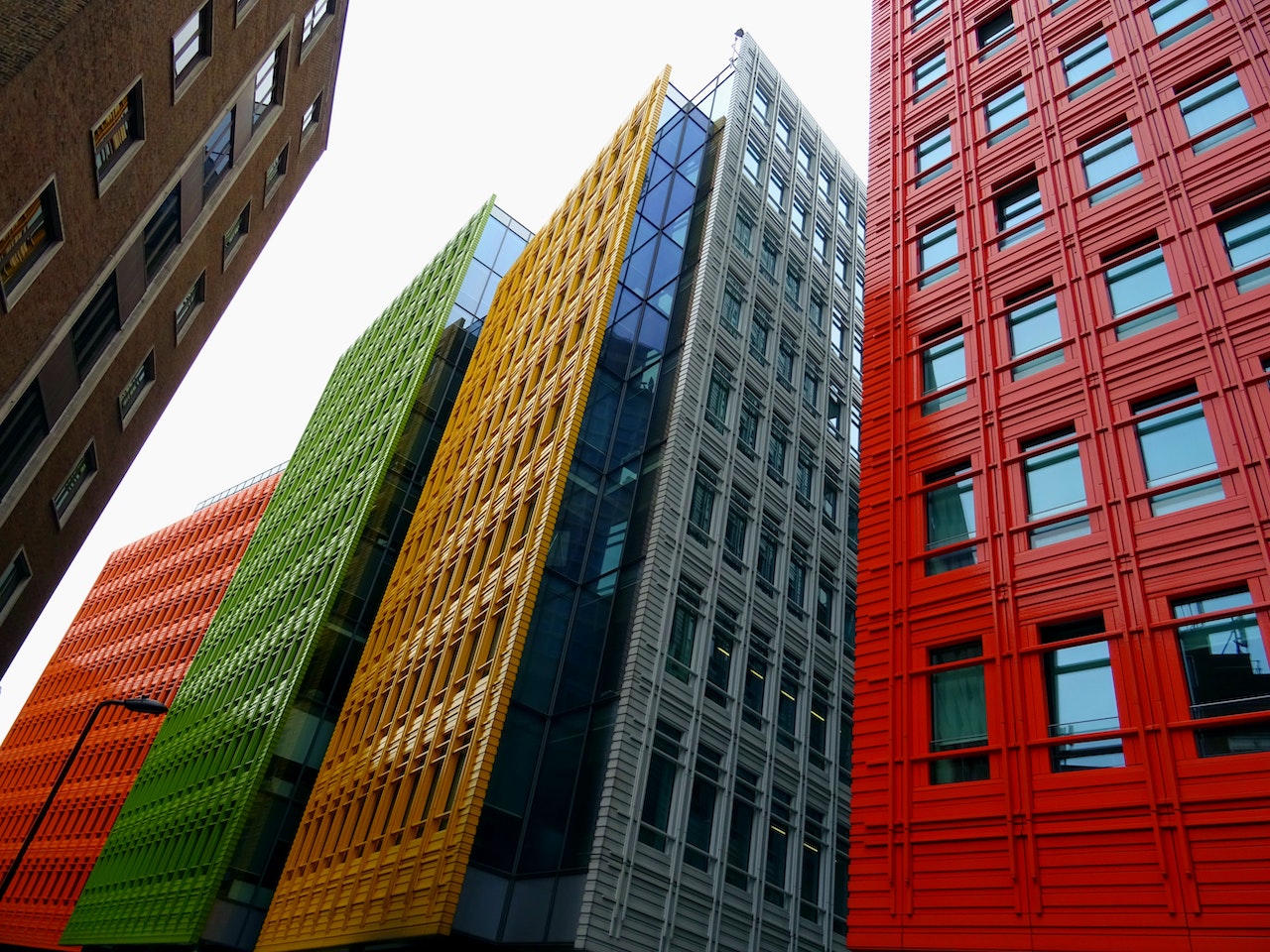
Despite its numerous benefits, community-driven design is not without its complexities and challenges.
A. Time and Resource Intensity:
- Longer Project Timelines: Genuine community engagement requires significant time for relationship building, consensus formation, and iterative design, which can extend project timelines compared to top-down approaches.
- Financial and Staffing Demands: Facilitating effective participation requires dedicated resources, including skilled facilitators, translation services, childcare during meetings, and funding for workshops and materials.
B. Managing Expectations and Conflict:
- Unrealistic Expectations: Communities may sometimes have expectations that are not feasible due to budget, technical constraints, or regulatory limitations. Managing these expectations requires clear communication.
- Internal Community Conflicts: Communities are not monolithic; they often have diverse and sometimes conflicting interests, priorities, and visions. Facilitators must skillfully navigate these disagreements to build consensus.
- Power Dynamics within the Community: Even within a community, certain voices or groups might be more dominant. Ensuring that marginalized voices are genuinely heard and valued requires conscious effort.
C. Ensuring Authentic Participation:
- Avoiding “Tokenism”: There’s a risk that community engagement can become superficial or tokenistic, where communities are consulted but their input doesn’t genuinely influence decisions. Authentic participation requires a commitment to acting on feedback.
- Engaging Hard-to-Reach Groups: It can be challenging to engage individuals who are busy, distrustful of authorities, or face language/cultural barriers. Creative and persistent outreach methods are necessary.
D. Integrating Expert Knowledge with Local Knowledge:
- Balancing Professional Expertise: Design professionals must balance their technical expertise with the valuable experiential knowledge of residents. This requires humility and a willingness to learn from the community.
- Translating Ideas into Design: Bridging the gap between abstract community aspirations and concrete architectural or urban design solutions can be complex.
The Flourishing Future of Community-Driven Design
The trajectory of community-driven design is one of continued growth and refinement, as its value becomes increasingly recognized across various sectors.
- Standard Practice in Planning and Development: Expect community engagement to transition from an add-on to a fundamental, non-negotiable component of most urban and rural development projects, potentially enshrined in policy.
- Leveraging Technology for Deeper Engagement: Advanced digital tools, including AI-powered platforms for sentiment analysis, immersive VR/AR experiences for visualizing proposals, and more sophisticated online collaboration platforms, will make engagement more accessible and effective.
- Interdisciplinary Expansion: The principles of community-driven design will increasingly permeate other fields, such as public health, disaster preparedness, social services, and economic development, recognizing that human-centered approaches are vital for all forms of societal progress.
- Focus on Resilience and Climate Adaptation: As communities face the escalating impacts of climate change, co-creating localized solutions for resilience, such as green infrastructure, community shelters, and adaptive reuse strategies, will become paramount.
- Empowering Grassroots Innovation: Support for small-scale, community-led initiatives and incremental development will grow, recognizing that bottom-up innovation can be highly effective in addressing specific local needs.
- Addressing Systemic Inequities: Community-driven design will be increasingly employed as a tool to dismantle systemic inequities, giving agency to historically marginalized populations to shape their own futures.
Conclusion
Community-driven design is more than just a methodology; it is a philosophy that redefines the relationship between people and their built environment. By centering local voices, fostering collaboration, and recognizing the inherent wisdom within communities, this approach creates spaces that are not only functional and beautiful but also deeply meaningful, equitable, and sustainable.
As cities and towns around the world grapple with complex challenges – from rapid urbanization and climate change to social fragmentation – the flourishing of community-driven design offers a powerful and optimistic pathway forward. It reminds us that the most successful and beloved places are those that are co-created, shaped by the collective aspirations and tireless efforts of the people who call them home. This collaborative spirit is building a future where design truly serves humanity, one empowered community at a time.

